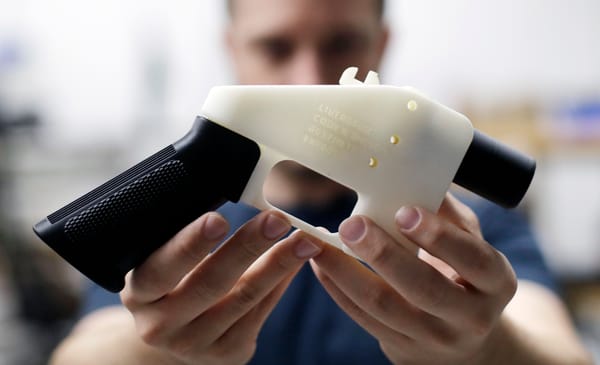On May 6, 2013, Cody Wilson, then a 25-year-old law student, fired the first 3D-printed gun at a shooting range in Austin. A BBC film crew was present to capture the event. The next day, Wilson published online the blueprints for his “wiki weapon,” which he christened the Liberator, taking its name from a handgun created by the US Office of Strategic Services during World War II for distribution to resistance forces in Europe. Within a few days, more than 100,000 people around the world had downloaded the blueprints, and Wilson had received a letter from the State Department demanding he take them offline or face charges of violating international arms-trafficking regulations; the ensuing legal battle lasted seven years.
The Liberator was a single-shot pistol with limited practical utility, but its symbolic potency immediately overshadowed its functional limitations. Libertarians and Second Amendment supporters greeted the gun with enthusiasm, while gun-control advocates immediately warned that the prospect of anyone with a 3D printer being able to manufacture firearms at home could undercut all existing restrictions and regulatory mechanisms. But the US government’s near-instantaneous attempt to take Wilson’s blueprints off the internet targeted a deeper threat: Universal, free, on-demand access to firearms posed an existential danger to the state’s monopoly over the legitimate use of violence. Regardless of whether anyone actually printed one, the Liberator’s mere existence in potentia undermined state sovereignty.
